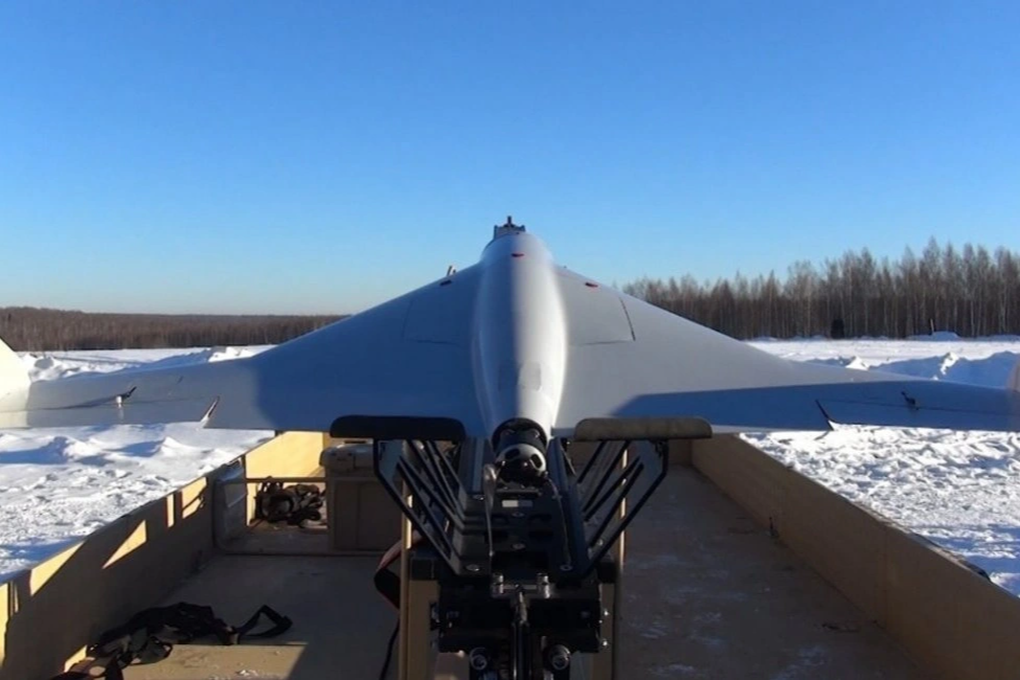
A Russian KUB-BLA UAV (Photo: Defense).
"Production lines are running full speed ahead for the new version of the KUB-BLA, also known as Zala KYB-UAV or Cube," Newsweek quoted a report on SOFREP on January 9.
According to SOFREP, Russia seems to be attaching a device to the belly of this UAV, with an upgraded OFBCh-2.5 warhead filled with OKFOL explosive nearly twice as powerful as TNT. This equipment makes this weapon a "nightmare" for the enemy.
KUB-BLA is produced by the Russian company Kalashnikov.
Although it is not clear when Russia will put the KUB-BLA into combat, based on a recent interview with Kalashnikov President Alan Lushnikov, it seems that the Russian military has already received this type of UAV.
"UAV tests have been successfully completed and the first batch is being delivered to units. This is an important step because in fact this is a new product," said Mr. Lushnikov.
The Russian Defense Ministry has yet to comment.
The original version of the KUB-BLA, unveiled in 2019, had some outstanding features, including the ability to travel almost silently for 30 minutes at a top speed of 130km/h. However, that version was limited by its relatively small warhead and was not as popular as other Russian UAVs such as the Lancet.
The updated version appears to deliver a much more powerful strike against Ukrainian targets.
According to ISW, last October, Russia was said to have launched a new version of the Lancet Izdeliye-53 drone that includes an automated guidance system that can distinguish target types and increase the success rate of attacks.
Despite the upgraded guidance system, the Izdeliye-53 still lacks a warhead powerful enough to "cause major damage to most important military targets".
The new version of the KUB-BLA could be used to attack some targets that Lancet and other drones cannot penetrate.
UAVs have played an increasingly important role in the conflict between Russia and Ukraine. Since the beginning of the war, the type of UAV that Russia has used the most is the Shahed, which is believed to be produced by Iran. However, the Shahed suicide UAV often fails to reach its target and is easily shot down by Ukrainian air defense forces.
In recent months, Russia has attempted to change its air attack strategy to make it more difficult for Ukraine to intercept UAVs, as well as carry out extensive domestic upgrades to its drone fleet.
TASS news agency quoted Russian Deputy Prime Minister Andrei Belousov on January 6 as saying that Russia plans to produce more than 32,000 UAVs per year from 2030.
Source


![[Photo] Binh Trieu 1 Bridge has been completed, raised by 1.1m, and will open to traffic at the end of November.](https://vphoto.vietnam.vn/thumb/1200x675/vietnam/resource/IMAGE/2025/10/2/a6549e2a3b5848a1ba76a1ded6141fae)












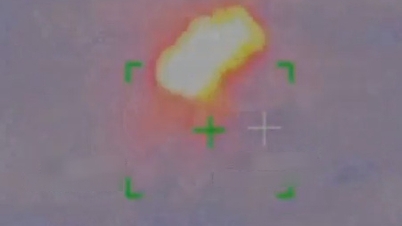

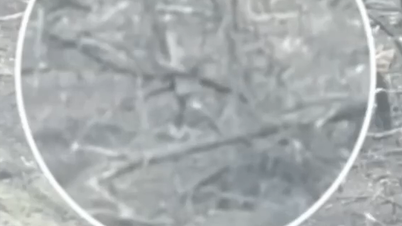














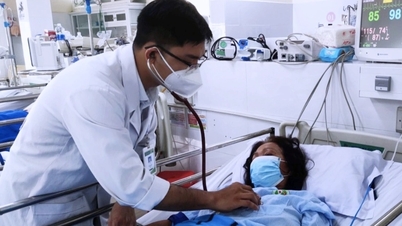

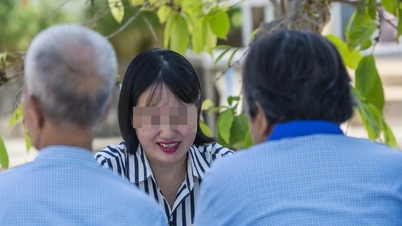
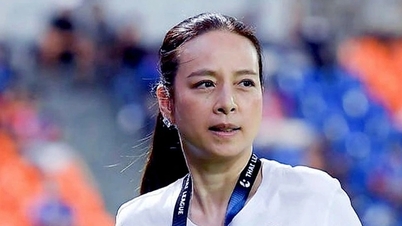
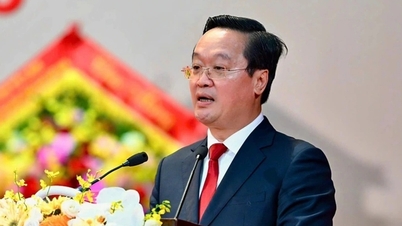












































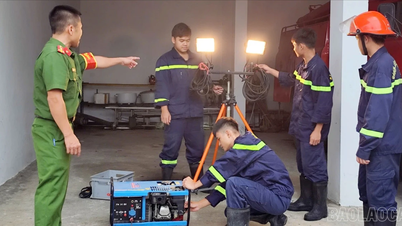

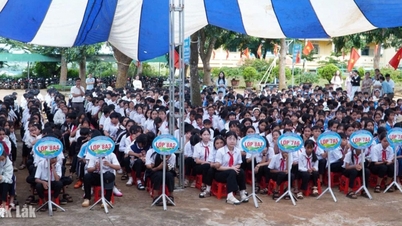

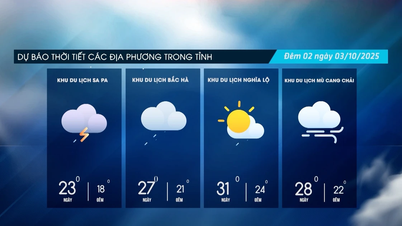

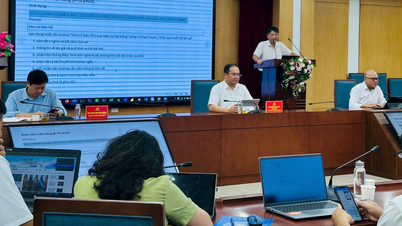
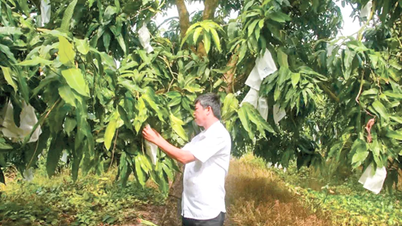













Comment (0)